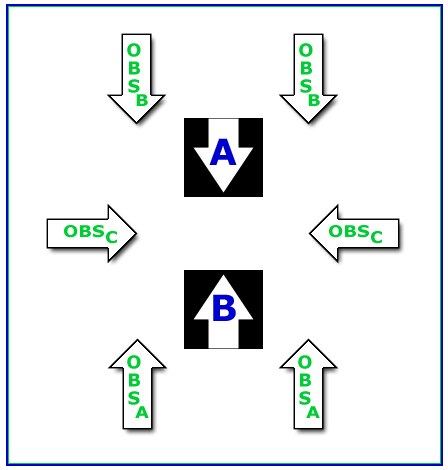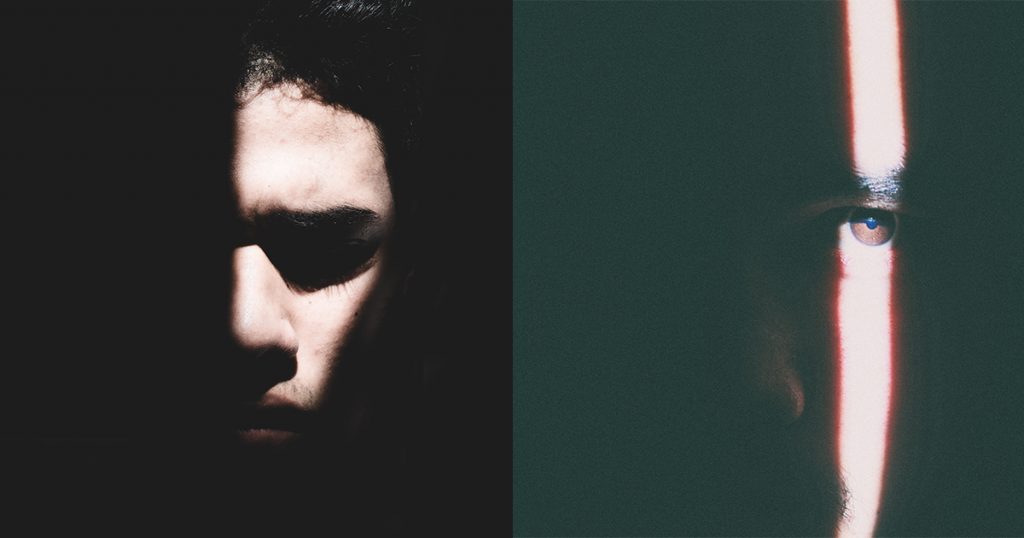Saliency: Why Standing Out Might Actually Be Detrimental
First of all, what is “saliency”?
Saliency is simply how one thing stands out among other things.
For example, a woman in a red dress at a black and white themed party would have higher salience than the rest of the guests dressed to fit the theme.
In some ways, this is how someone or something is “unique”– how they/it stand out from the crowd, what makes them special…
…but contrary to popular belief, is standing out always a positive thing?
Social psychologists would say no.
To start explaining why salience could actually harm us, we need to look at one of the most prominent theories in social psychology: Attribution Theory.
This theory basically tries to explain how we, as humans, interpret behavior– whether it be our own or others’.
Causal attributions, or explanations, are important to look at because often times the way people explain behaviors can predict what they will do about it.
For example, let’s say a student fails a test at school.
If that student attributes his failure to the test being unfair, he or she might blame the instructor, go to academic dean… etc.
But if the student attributes the failure to lack of studying and partying the night before, he or she might be more inclined to study for the next exam, rather than scapegoating other variables.
But this example has to do with people analyzing about their own selves.. how about when people explain and judge others’ behaviors?
This is where salience comes into question.
A very important factor that influences causal attribution is salience, because a salient stimulus grabs the observer’s attention.
Taylor & Fiske (1978) conducted research that showed that the more “salient” a stimulus was (the more something stood out), the more likely it was seen to have caused behavior. Hence, the more salient something was, the more people perceived them as disproportionately causal.
An example from their experiments were as following:

Subjects A and B are having a conversation. There are six observers, as indicated by the arrows. Two people are facing Person A, two are facing Person B, and two are facing both subjects simultaneously.
Results showed that the person that the observers faced were more salient to them than the other person, and thus, their perceptions of what caused behavior was different.
Observers for Person B stated that B controlled the conversation, setting the tone and even causing Person A’s responses, whereas observers for Person A stated the same, but instead for Person A rather than B.
The observers watching both A and B did not state a difference in influence and control over the conversation.
This experiment shows how perception of a situation can impact how we attribute causality.. which could be good in some cases, but bad when there’s an issue.
Following the publication of this research, New Zealand implemented new laws to mandate that interrogation tapes must be filmed with both the interrogator and the suspect visible at both times, rather than angle the camera to film from the perspective of either the interrogator or the interrogated (for purposes of fair video recording).
This was because many people said that the suspect was guilty when the tapes were filmed facing the suspect, and innocent when when the tapes were filmed facing the interrogator in follow-up mock trial cases staged by Taylor & Fiske.
So in the real world, how does this apply? Are attention catching stimuli more prone to being scapegoated?
In real life, people are not stagnant and stationed as in these experiments; rather, we observe and our attention is caught by things and people that stand out to us.
This could lead us to hypothesize that when there is a problem, people that look differently, sound differently, or even dress differently…
…are at risk of being scapegoated simply because they appear more influential and more causal.
Another finding to support this hypothesis comes again from Taylor & Fiske; racial minority members and women were perceived as talking more and being more influential (in a negative or positive way) when alone in groups without more minority members or women present.
Simply because they stood out, they were seen as causing things such as group failure or ineffectiveness.
Pinning the causes of events and behaviors seems to be more than just logical; we must factor in sensory perception and saliency.
But when our senses can overpower logic and cause us to potentially scapegoat the wrong subjects…
…is standing out from the crowd really a good thing?
Lassiter, G. D., Geers, A. L., Handley, I. M., Weiland, P. E., & Munhall, P. J. (2002). Videotaped interrogations and confessions: A simple change in camera perspective alters verdicts in simulated trials. Journal of Applied Psychology, 87, 867-874.
Plous, S. Taylor and Fiske (1978). Social Psychology Network. Wesleyan University. http://www.socialpsychology.org/teach/taylorfiske.htm




Responses